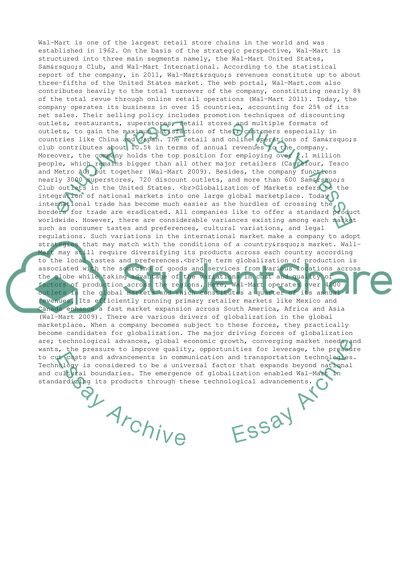Cite this document
(“Global International Markets Research Paper Example | Topics and Well Written Essays - 2250 words”, n.d.)
Retrieved from https://studentshare.org/business/1434620-global-international-markets
Retrieved from https://studentshare.org/business/1434620-global-international-markets
(Global International Markets Research Paper Example | Topics and Well Written Essays - 2250 Words)
https://studentshare.org/business/1434620-global-international-markets.
https://studentshare.org/business/1434620-global-international-markets.
“Global International Markets Research Paper Example | Topics and Well Written Essays - 2250 Words”, n.d. https://studentshare.org/business/1434620-global-international-markets.


